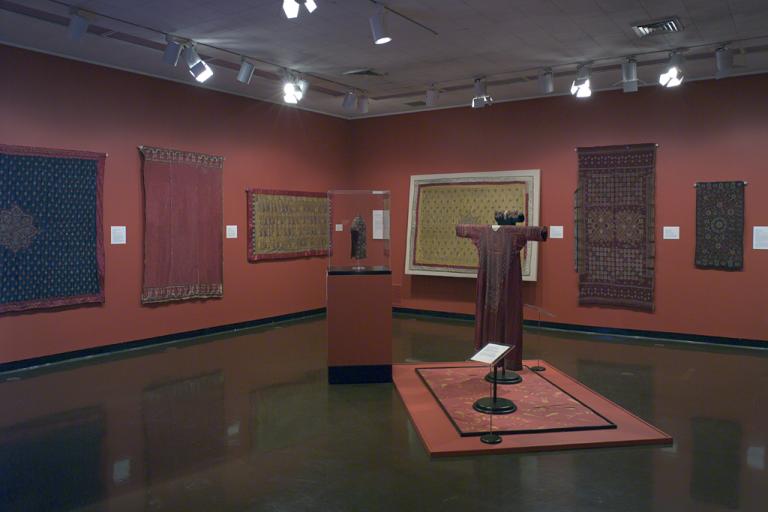child's long pao (dragon robe), unknown maker from China
Artwork Overview
child's long pao (dragon robe)
, late 1700s or early 1800s, Qing dynasty (1644–1911)
Where object was made: China
Material/technique: silver threads; possibly ink; gold thread; embroidering; possibly paint; silk
Credit line: Gift in memory of James H. Walker Jr., by his family
Accession number: 1993.0351
Not on display
If you wish to reproduce this image, please submit an image request

